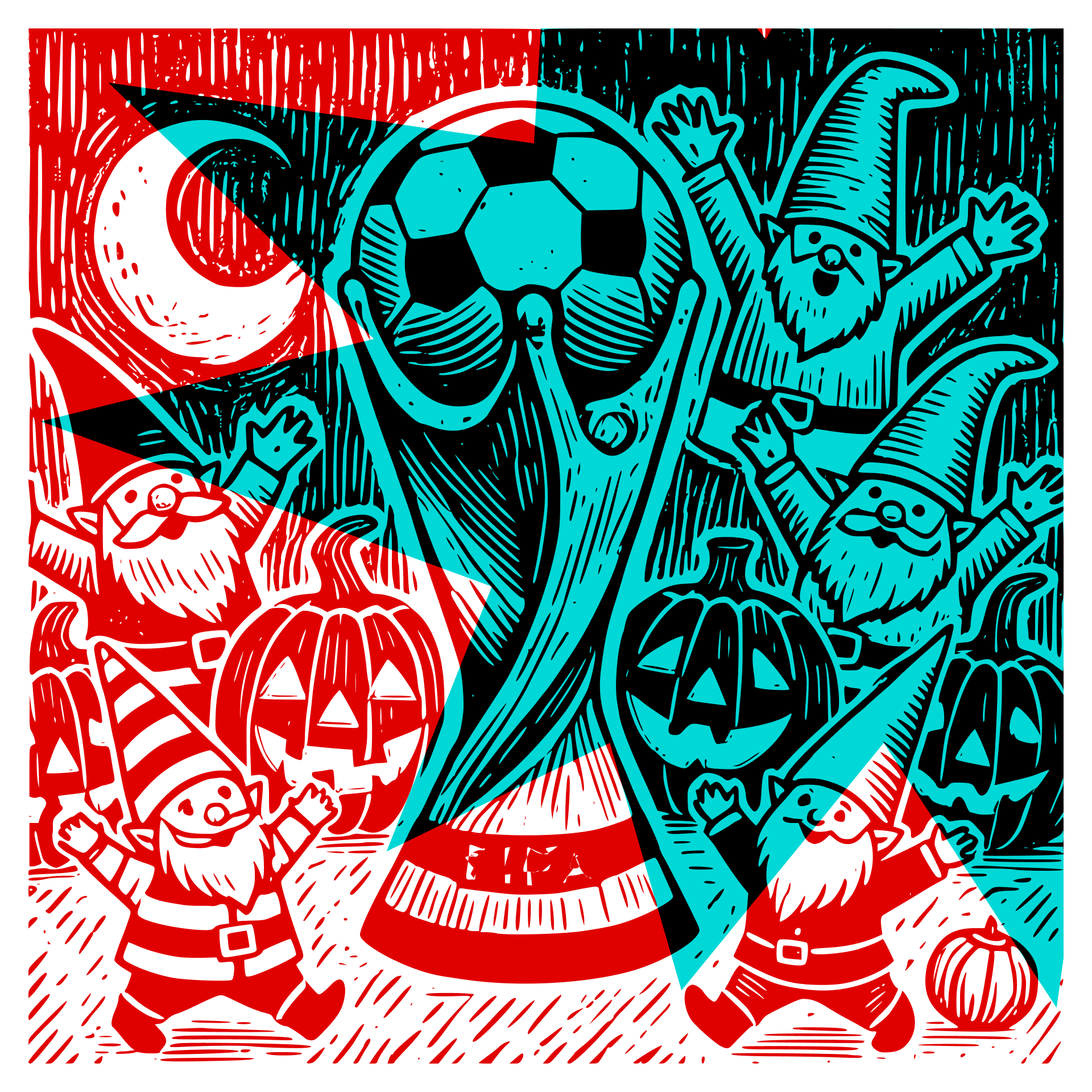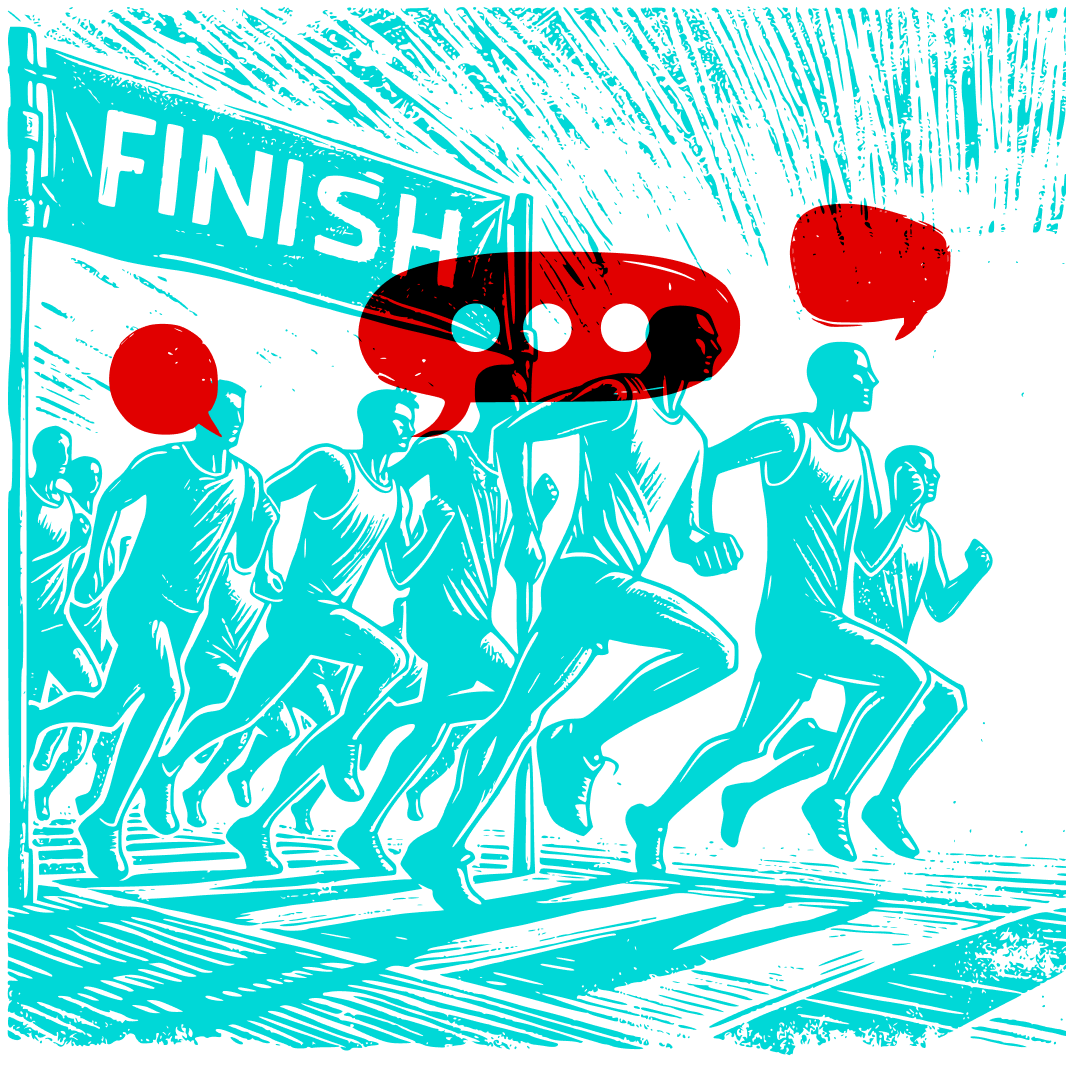Show your friends
The customer journey: How to understand and improve your customers' experience
by Alexander Højfeldt Lund on Jan 22, 2024 2:32:21 PM
Maybe you're wondering why your customers spend so much time browsing your products and adding them to their cart only to close the page. Or perhaps you're a bit confused about why it takes your customers several steps to get from A to B when it really should only take one.
The likely cause of your uncertainty is your understanding of the customer journey, that is, from your potential customer's first contact with your product or service to a final purchase or collaboration.
If you don't have a clear picture of the customer journey, it can be difficult to help customers in the process. If you don't understand the customer journey of your target audience, you can't create relevant content for them. You can't be helpful either. In the worst case, you risk being intrusive, rude, or irrelevant to those you just want to help, inspire, and inform.
But getting into the heads of your customers can be difficult. As soon as you think you have everything they need to know, new technologies, preferences, and trends emerge.
In this blog post, we explain everything you need to know about the customer journey, both what it is and how to map it.
We will cover:
- The theory behind the customer journey, such as the flywheel model, sales funnel, and the messy middle.
- Why it is important to map a customer journey
- What a customer journey mapping is.
- How to map a customer journey
- Four examples of customer journeys, including B2B, B2C, e-commerce, and retail
Theory behind the customer journey
But let's first just make sure we all have the same starting point. So what is a customer journey?
A customer journey is the steps or phases, actions, and touchpoints that your potential customers take before, during, and after becoming customers in your company.
The touchpoints (on English called touch points), which you can control and control (on English called owned/managed touchpoints), are for example:
- blog
- newsletter
- physical store
- own posts on social media
The touchpoints that you cannot control (on English called earned touchpoints) are for example:
- reviews
- word of mouth, both digital and analog (on English called word of mouth)
- engagement and interaction on social media
Model for the customer journey
A customer journey can look like many different ways. Here is a suggestion for what touchpoints your user or customer may have with you and your company. If you want to go straight to examples of customer journeys, such as B2B or B2C, you can see them here.
Today's customers interact with brands in a way that can be difficult to pin down. On the journey from becoming aware of a brand through social media to receiving a receipt for a purchase, there are usually many different actions behind the decision.
These steps are not something you can assume or predict from your desk, but you can try to guide the way for the user by creating relevant and targeted content. In this way, you help the user make a decision, as you create relevant content that is tailored to the purchase phase and the questions that the user may be sitting with.
Some marketers and salespeople work only from the model pictured above, while others also use other models, such as the audience-centered flywheel or the classic sales funnel. Let's go through both models briefly.
The flywheel model
HubSpot is behind this customer journey model, which is about everyone in a company agreeing to give the best possible buying experience for both strangers, prospects, clients, and promoters. This means that all target groups are equally important for the company, regardless of which stage of the buying journey they are in.
When working from the flywheel model, it is important that your strategy works targeted and strategically in both attract-, engage-, and delight-phase. This will mean, that you do not only focus on the before-phase, until the purchase is made and the deal is closed, but also on the phases afterwards.
If your company is to run like a wheel, you need to develop strategies that give energy to the wheel, i.e. your company's activities and investments. This can for example be inbound marketing, paid distribution, or investment in your customer service. This means that you take some strategic decisions that create a better customer experience.
Let's break this down into a more conversational and customer-centric language while maintaining professionalism and an inspirational tone:
Understanding the Three Phases of the Sales Funnel
Imagine your potential customers on a journey with your brand. The sales funnel is like a roadmap, guiding them through different stages until they become loyal customers. It's our approach to align with and plan for the customer's buying journey. Unlike the flywheel model, the sales funnel focuses less on post-purchase engagement, concentrating more on the journey to the sale.
Each stage of the funnel influences potential customer behavior, and that's where we come in – strategically shaping their experience with the right content at the right time. This detailed approach not only strengthens our content creation but also enhances our sales team's interaction with potential customers. However, it's important to note that this model doesn't delve deeply into post-purchase customer happiness.
Digital Consumer Behaviour: The Unknown Territory
In the digital world, understanding why your potential customers act and make decisions as they do is like exploring uncharted waters. It's far from a straight line. According to Google's latest research on consumer behavior, the online buying process is not linear and varies greatly from one person to another. The key challenges are understanding how people process and act on information and how the buying process influences their decisions.
The Messy Middle: Navigating the Digital Maze
Welcome to the 'messy middle' - a complex digital space shaped by user behaviour. Here, users either seek out or stumble upon content, leading them to explore the market. They evaluate information, comparing brands, products, and services. If unconvinced, they loop back to exploration, seeking more information through social media, reviews, tests, etc., before evaluating again. Understanding this push-and-pull between exploration and evaluation is crucial, especially when the customer decides whether to make a purchase.
This is why knowing your potential customer's behavior and the influential content and touchpoints in their decision-making is vital. In content marketing, especially during the exploration phase, creating targeted, relevant, and inspiring content can significantly sway the evaluation of your product or service.
Digital Marketing Success: A Closer Look
To succeed in digital marketing, you should strategically position your brand in the exploration phase, create content that guides consumers to make the right choice, and shorten the gap between initial interest and purchase. This reduces the time your potential and current customers spend comparing you with competitors.
A unified marketing team effort is essential to ensure consistency and variety in your content. Remember, the customer journey is a specific series of interactions, experiences, and choices your potential and current customers go through. Next, we'll dive into the purpose and importance of mapping out this journey.
Why Map Out a Customer Journey?
Mapping your customer's journey provides insightful and efficiency-boosting benefits for your business. You gain a deeper understanding of your target audience or potential customers' experiences, challenges at each step, and their desires, interests, and needs. This information is invaluable in developing and improving your interactions with customers.
Consider where you can assist your customers with relevant content that makes decision-making easier. Or how you can guide them toward a purchase or continue their journey with your company.
The Power of Customer Journey Mapping
Customer journey mapping often enhances efficiency by forcing your business to examine all touchpoints. It reveals gaps, errors, and opportunities for improvement. Whether it's establishing new touchpoints to improve the customer's journey or identifying redundant ones, these insights can be used to enhance the customer experience, like producing content that answers questions or addresses needs.
The Practical Steps: Mapping Your Customer's Journey
1. Set a Goal: Define whether you're improving the purchase experience or launching a new product.
2. Gather Data:** Collect information on your personas' behaviors when interacting with your business, products, and services.
3. **Describe Actions and Patterns:** Note the customer's actions during the three phases and how they interact with different touchpoints.
4. **Detail Emotions:** Capture what the customer feels at different stages and touchpoints.
5. **List Touchpoints:** Identify all touchpoints the user interacts with.
6. **Examine the Overall Experience:** How easy is it to be your customer? What stands out, for better or worse?
7. **Fill in the Journey Template:** Use this to outline insights for each persona.
8. **Create a Journey Map for Each Persona:** Combine your data with identified touchpoints and pain points.
9. **Make the Journey Map Accessible:** Ensure all teams have access to keep the customer perspective central.
10. **Maintain the Journey Maps:** Regularly review and update them, especially after major product launches or changes.
The Path to Success
With a well-mapped customer journey, delight your customers at every step with engaging content, services, and excellent user experiences. Utilizing templates from this article can help you pave your way to success.
Mapping the customer journey is the most effective way to visualize the various factors affecting this journey, whether
Show your friends
Join the cool kids.
Get the hottest takes and steamiest insights in the world of content marketing.
MORE BLOGGY GOODNESS
Here are some more insights to satisfy your thirst for knowledge

How to create seasonal content that drives awareness and authority
